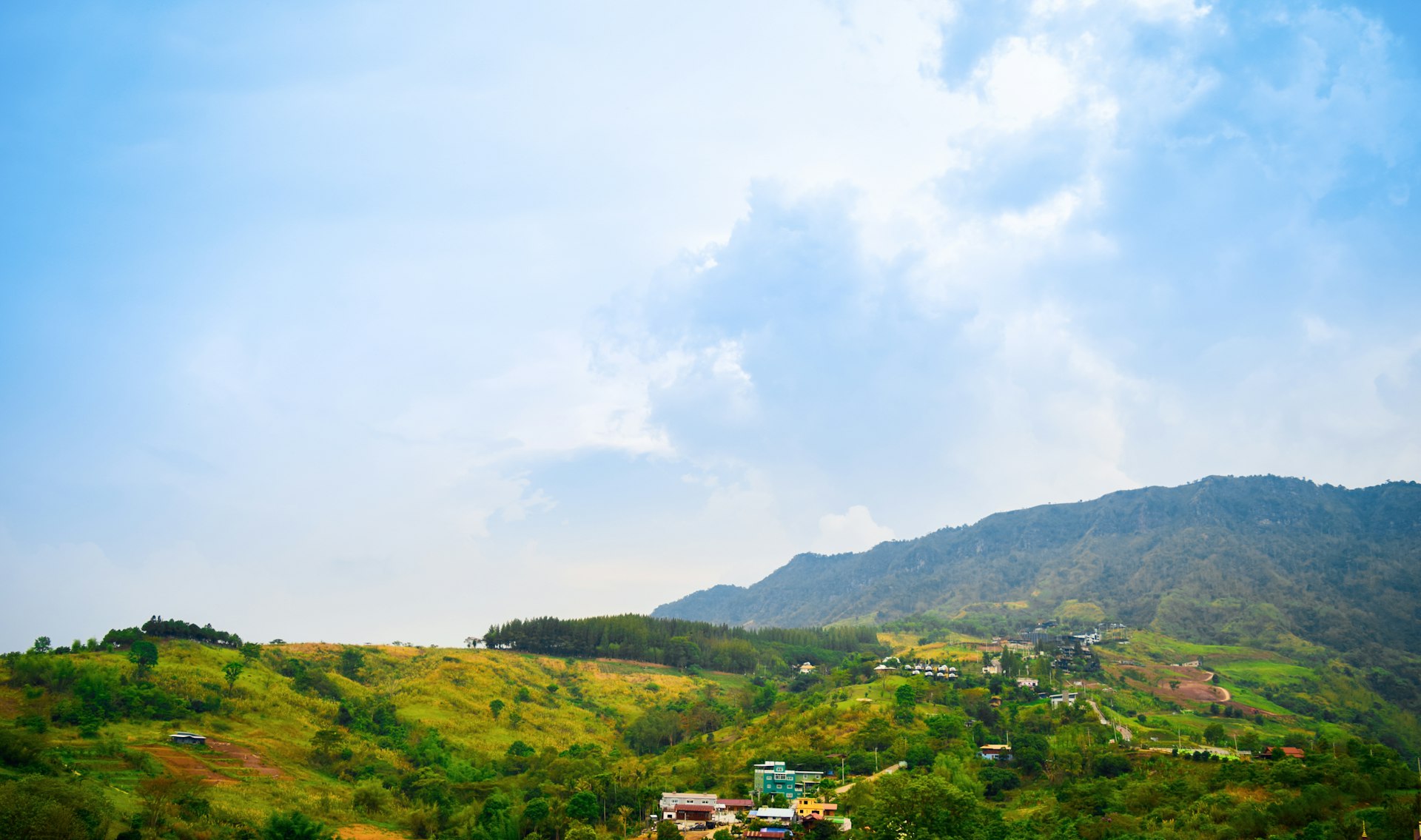Experience More Health and Joy: Embracing the Outdoor Adventure Lifestyle

Photo by Leo_Visions on Unsplash
The Transformative Power of Outdoor Adventure for Health and Joy
Living an outdoor adventure lifestyle offers a unique path to both physical health and genuine happiness. Scientific research and expert opinion consistently highlight that spending time in nature can lead to significant improvements in physical, mental, and emotional well-being. From hiking and cycling to kayaking and nature walks, outdoor adventures provide accessible, rewarding ways to enhance your quality of life. This article explores the proven benefits, practical steps for getting started, and guidance on making outdoor adventures a sustainable part of your daily routine.
Physical Health Benefits of Outdoor Activities
Engaging regularly in outdoor activities can deliver a broad range of health benefits:
Cardiovascular Fitness: Activities such as hiking, cycling, and rafting elevate your heart rate, which boosts circulation and strengthens your cardiovascular system. This can lead to lower blood pressure and a reduced risk of heart disease over time. The varied terrain and natural settings make these activities more enjoyable, increasing the likelihood you’ll stick with them [1] [5] .
Muscle Strength and Flexibility: Outdoor exercise engages multiple muscle groups, from your legs and core during hiking to your arms and shoulders while paddling or climbing. Over time, this helps build strength, improve balance, and increase flexibility, reducing the risk of injury and supporting long-term mobility [1] [2] .
Boosted Immune Function and Vitamin D: Exposure to sunlight naturally increases your body’s vitamin D production, which is essential for bone health and immune system function. Outdoor exercise also helps regulate your circadian rhythm, supporting better sleep and overall immune resilience [4] [5] .
Mental and Emotional Benefits of Outdoor Adventure
Nature doesn’t just benefit your body-it is also a powerful tool for mental and emotional wellness:
Stress Relief and Mental Restoration: Time spent outdoors has been shown to lower stress hormones, improve mood, and promote a sense of calm. Activities that require focused attention, such as navigating trails or paddling rivers, also provide mental restoration by shifting your awareness away from daily worries [4] [3] .
Reduced Symptoms of Depression and Anxiety: Studies show that regular outdoor activity can help reduce depression symptoms, improve self-esteem, and foster a sense of accomplishment. Even brief exposure, such as a daily walk in a park, can have measurable positive effects on mental health [3] .
Increased Social Connection and Joy: Group activities-like hiking, rafting, or community gardening-offer opportunities to bond with friends and family. Many find that shared outdoor experiences enrich relationships, boost self-confidence, and create lasting memories [4] .
Practical Steps to Adopt an Outdoor Adventure Lifestyle
Transitioning to an adventure-filled lifestyle is achievable with intentional planning. Here’s how you can get started:
1. Identify Accessible Activities: Consider your interests, physical abilities, and location. Hiking, cycling, birdwatching, or kayaking are popular starting points. Even a daily walk in your local park can provide substantial benefits [3] .
2. Schedule Regular Outdoor Time: Consistency is key. Aim for at least 120 minutes per week in nature, whether as two longer outings or shorter daily sessions. Research suggests that even this modest amount can yield significant health improvements [3] .
3. Join Local Groups or Clubs: Many communities offer hiking clubs, outdoor fitness classes, or conservation groups. These organizations can provide structure, support, and safety for newcomers. To find local groups, check community boards, social media, or ask at nearby outdoor retailers.
4. Prepare for Safety and Comfort: Invest in basic gear appropriate for your chosen activities-such as comfortable shoes, water bottles, sun protection, and weather-appropriate clothing. If you’re new to outdoor adventures, start with well-marked, popular trails and always let someone know your plans.
5. Disconnect from Technology: Use your time outdoors as an opportunity to unplug. Leaving devices behind-even for a short time-can deepen your connection to nature and enhance the restorative effects [2] .
Real-World Examples and Success Stories
Individuals and families across the country are embracing outdoor adventure with transformative results:
Case Study: Community Hiking Groups A North Carolina community hiking group welcomes all experience levels and organizes weekly walks in local state parks. Members report not only improved fitness but also new friendships and increased motivation to maintain healthy habits.
Example: Outdoor Rafting for Stress Management Professionals managing high-stress jobs participate in guided whitewater rafting trips, finding that the experience offers both a physical challenge and a mental reset. Many credit these adventures with helping them manage workplace anxiety more effectively [1] .
Overcoming Challenges and Finding Alternatives
While outdoor adventure is accessible to many, some may face obstacles such as mobility issues, limited access to green spaces, or lack of experience. Here are effective solutions:
Adapting Activities: Those with limited mobility can seek adaptive outdoor programs, which offer modified activities like accessible trails or kayaking. Local parks departments may offer inclusive programs-search for “adaptive outdoor recreation” in your area.
Urban Alternatives: Urban dwellers can benefit by visiting city parks, botanical gardens, or rooftop green spaces. Even short walks in sunlit areas provide valuable health benefits [3] .
Seasonal Weather Solutions: In colder climates, snowshoeing, cross-country skiing, or winter hiking can provide invigorating alternatives. Many outdoor centers rent equipment and offer beginner classes.
How to Access Outdoor Adventure Opportunities
To access outdoor adventure opportunities, consider these practical steps:
- Search for state or national parks in your area and review their official websites for activity calendars and safety tips.
- Contact your city or county parks and recreation department for information about local events, guided walks, and outdoor classes.
- Visit outdoor retailers or community centers for details on equipment rentals and beginner workshops.
- For youth and family programs, inquire with organizations such as the YMCA, Boys & Girls Clubs, or Girl/Boy Scouts for outdoor adventure initiatives.
- If you have health considerations, speak with your healthcare provider about appropriate activity levels and ask for referrals to specialized outdoor fitness programs.
Remember, you can always use search terms such as “outdoor adventure programs near me,” “community hiking groups,” or “adaptive outdoor activities” to find opportunities tailored to your interests and needs.
Key Takeaways and Next Steps
Embracing an outdoor adventure lifestyle is a highly effective and enjoyable way to enhance your health and joy. The benefits are well-documented-improved fitness, stronger immunity, reduced stress, and a deeper sense of well-being. Begin with small, manageable steps and gradually increase your outdoor activity as you discover what you enjoy most.

Photo by TruckRun on Unsplash
If you’re ready to take the next step, consider connecting with local outdoor organizations, planning a weekend hike, or simply unplugging for a daily walk in the nearest park. The journey toward a healthier, more joyful life can begin right outside your door.
References
- [1] Wild West Rafting (2025). Health benefits of outdoor activities.
- [2] AlgofY Outdoors (n.d.). 12 benefits of the outdoor enthusiast lifestyle.
- [3] Healthline (2022). Health benefits of being outdoors: 8 ways nature can improve your health.
- [4] Share Village (2025). The health benefits of outdoor activities.
- [5] Springfree Trampoline (n.d.). Top 11 scientifically proven health benefits of outdoor recreation.



